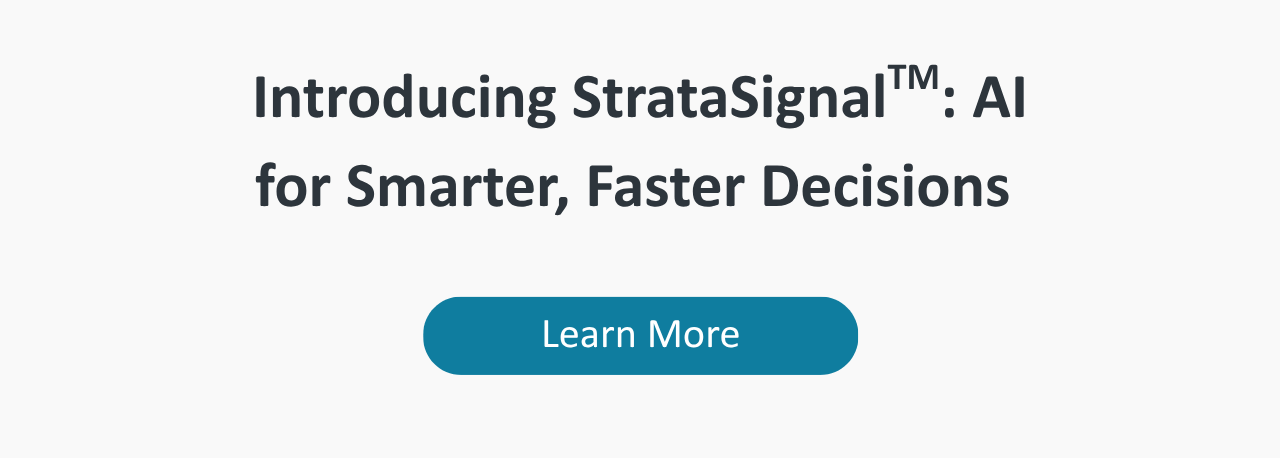June 3, 2021
As healthcare organizations across the country transition into COVID-19 recovery, leaders are seeking new and agile ways to drive margin and revenue. Many are turning to advanced cost accounting methodologies like Time-Driven Costing (TDC) as a way to leverage cost and financial data that can empower their clinical, operations and finance teams to make better decisions.
While today’s leading healthcare systems and hospitals are using TDC to help automate their costing process and get more accurate data, the healthcare industry has a long history of using activity based costing and time-driven activity-based costing (or TDABC) in an effort to advance costing.
Defining Activity-Based Costing
The CGMA defines activity-based costing (ABC) as “an approach to the costing and monitoring of activities, which involves tracing resource consumption and costing final outputs.” As part of this process, an organization assigns resources to activities and activities to cost objects.
Activity-based costing was first defined in the late 1980s by Robert S. Kaplan and William S. Bruns as a modern alternative to absorption costing. Activity-based costing puts its focus on cost drivers (activities that cause costs to increase) and specifically transaction-based drivers such as number of orders received. Activity-based costing aims to allow fixed costs (long-term variable overheads) to be traced to products or supplies.
Benefits
- Enables more accurate cost calculations than traditional methods
- Allows for more agility in calculating the impact of changes
- Drives managers to improve the operational process now that cost drivers are made clear
In a 2004 article published in the Harvard Business Review, the creator of activity-based costing Robert S. Kaplan and co-author Steven R. Anderson admit that activity-based costing can cause difficulties. For many managers who attempted activity-based costing, Kaplan notes, the implementation on a significant scale may have led to problems like rising costs and employee irritation.
Challenges
- Requires a significant investment in time and training the team
- Far more complex than traditional costing methods
- Expensive and takes more resources to maintain
Transition From Traditional Costing
Healthcare and activity-based costing have a long history together.
In the 1980s, healthcare’s managerial accounting thought leaders began to see a need for process change given a quickly changing industry. However, regulatory pressure has led many organizations to adopt some hybrid of activity-based costing, leading to a faulty understanding of costs.
According to the Healthcare Financial Management Association (HFMA), a healthcare organization’s managerial costing systems should accomplish three goals:
- Boost cost efficiency
- Manage patient services to maximize resources
- Highlight opportunities for continuous improvement of operations
How ABC Has Impacted the Cost of Care
U.S. health care costs are rising, causing one of the biggest socio-economic issues of our time. While other factors are often named for the cause of rising healthcare costs, it is rare that leaders acknowledge one substantial source: the utter lack of clarity around how costs are calculated within the healthcare industry. Robert S. Kaplan addresses this issue in another article:
“Poor costing systems have disastrous consequences. It is a well-known management axiom that what is not measured cannot be managed or improved. Since providers misunderstand their costs, they are unable to link cost to process improvements or outcomes, preventing them from making systemic and sustainable cost reductions.
Instead, providers (and payors) turn to simplistic actions such as across-the-board cuts in expensive services, staff compensation, and head count. But imposing arbitrary spending limits on discrete components of care, or on specific line-item expense categories, achieves only marginal savings that often lead to higher total systems costs and poorer outcomes. For example, as payors introduce high copayments to limit the use of expensive drugs, costs may balloon elsewhere in the system should patients’ overall health deteriorate and they subsequently require more services.”
As value-based care and episodes of care continue to be on the rise, effective costing methodologies will continue to be more and more critical for healthcare systems. Within the healthcare industry, activity-based costing has been championed as the best way to achieve these goals and keep organizations moving forward as the industry continues to change around them. But in an environment that is always changing, new methodologies and advancements in costing will develop more agile, accurate and efficient ways of determining cost.
The Introduction of Time-Driven, Activity-Based Costing in Healthcare
In the same 2004 article in which Kaplan admits the initial challenges of activity-based costing, he introduces what he calls “time-driven ABC,” a somewhat revised approach where managers “directly estimate the resource demands imposed by each transaction, product, or customer.”
While the revised approach encourages more efficiency by virtue of no longer surveying staff on where and how they spend their time, it is by no means a perfect solution to complicated costs. The objective of Kaplan’s time-driven activity-based costing is to be close to the actual number, rather than identifying it. The process involves estimation of time spent on activities and tying those estimations to cost drivers to create a more accurate understanding of cost.
Using Models to Achieve Accurate Costing
More recently, leading healthcare organizations are beginning to leverage their own data sources to calculate the cost of care more precisely in the OR and other areas. Using a new costing methodology from Strata Decision Technology, these health systems and hospitals are automating the calculation of resource costs used by patients as they move through their care journey. The Time-Driven Costing (TDC™) capability allows providers to extract time-based data from existing systems in an automated fashion, allowing for more accurate and detailed costing. TDC can help organizations better understand costs in the area of surgery, anesthesia, physician time, clinical time, emergency department, nursing and imaging, as well as more traditional time-driven activity based costing.
Organizations across the country are beginning to adopt the time-driven costing methodology to advance the accuracy of their costing. At Montefiore Medical Center in New York, leaders used Time-Driven Costing to create more accurate staffing models. Using data from their EHR synced to time-keeping data with clinical information related to their ED, the organization was able to plan and staff correctly with levels of nursing staff and other providers based on historical volume and productivity trends. “We could start creating staffing models that are much more responsive, precise, and fine-tuned,” says director of decision support Jason Oliveira.
When Owensboro (Ky.) Health adopted their decision support model in 2018, they too began using Time-Driven Costing to sync data. To support the organization’s cost analysis, they began pulling data from previously overlooked sources, such as radio frequency identification trackers. Decision support manager Jeremy Stewart and his team collaborated with Owensboro’s IT department to extract data from the RFID trackers worn by nurses and support physicians. They were able to leverage this data to discover comprehensive, data-driven insights on nurse activity levels and staffing needs. “We can more closely attribute costs directly to the patients the nurses serve, as opposed to going into a generic nursing bucket that would be allocated proportionally out to all patients that came within that department,” Stewart says.
Especially as organizations continue to move through financial recovery following COVID-19, it will be imperative for leaders to understand their costs and identify cost savings opportunities to help drive the revenue. With more accurate costs developed via TDC, hospitals and health systems are also making more informed decisions in determining their financial plan and moving toward new budgeting processes like rolling forecasting. We have come a long way since activity-based costing in healthcare first entered the scene, with TDC helping organizations leverage already accurate data to gain a precise understanding of costs in time when healthcare costs continue to rise and cause confusion.




